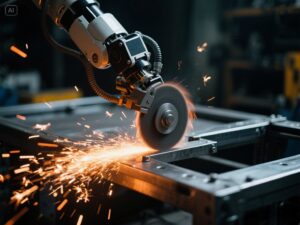1. Introduction
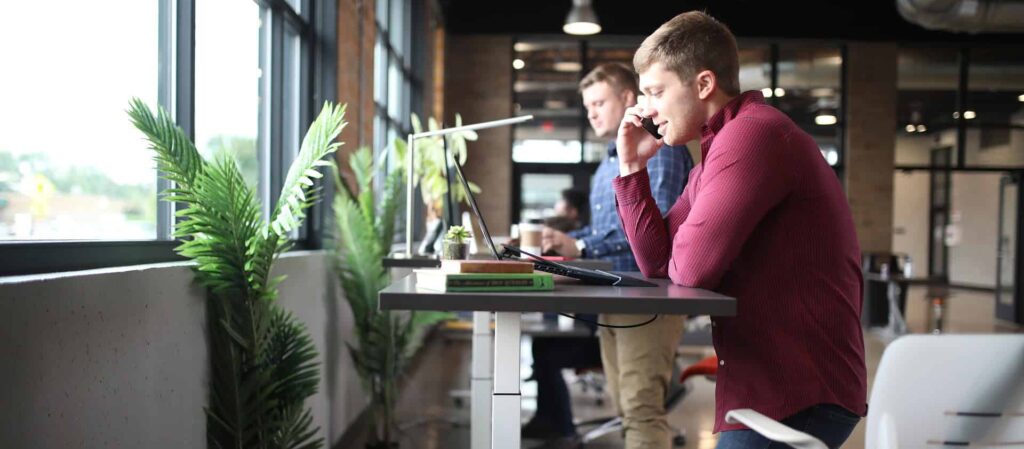
Picture your typical Monday: hunched over a desk that feels like it’s conspiring against your spine, fluorescent lights humming like angry bees, and the faint whiff of stale coffee lingering in recycled air. This dystopian office reality is fading fast. Ergonomic furniture—no longer just adjustable chairs and wrist-friendly keyboards—is morphing into something far more revolutionary.
Hybrid work’s permanence has flipped the script. Employees aren’t just demanding better lumbar support; they’re craving workspaces that breathe, adapt, and feel alive. The new frontier? Designs that marry biomechanics with biophilia, tech with tactile warmth. From desks that learn your posture quirks to conference rooms mimicking forest canopies, tomorrow’s offices are ditching sterile efficiency for environments that heal as they hustle.
2. Biophilic and Biomimetic Design
Walk into 2025’s cutting-edge offices, and you’ll find cubicles replaced by cocoons of curved bamboo, desks shaped like unfurling fern fronds, and partitions textured like tree bark. This isn’t just interior design playing nature dress-up—it’s hardcore biophilia engineered to hack human biology.
Materials matter here. Raw-edged oak slabs replace plastic veneers, their knots and grains preserved like fingerprints. Living walls drip with Epipremnum aureum (devil’s ivy to non-plant geeks), not just for aesthetics but for their NASA-certified air-scrubbing prowess. Designers are even borrowing from marine biology: chair bases ripple outward like coral colonies, stabilizing seats without bulky legs.

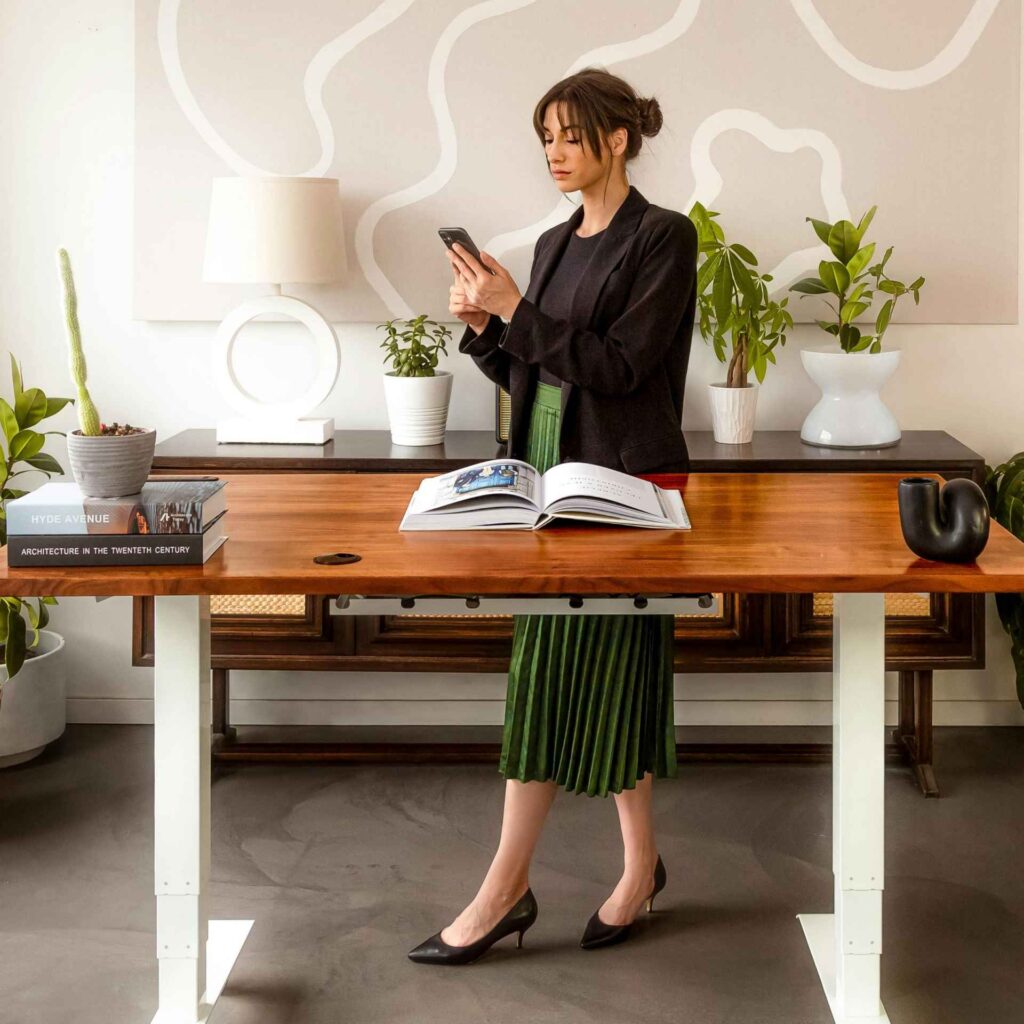
But the real magic happens when you sit. That chair molded like a horseshoe crab shell? Its curvature cradles the sacrum, redistuting pressure points better than any mesh ergo-chair. Overhead, circadian lighting systems mimic the sun’s journey, bathing teams in dawn-pink glows during brainstorming sessions before shifting to crisp noon whites for deadline crunches.
The data backs the poetry. Offices weaving these elements report 18% fewer tension headaches and a 31% spike in creative output
. One tech startup swears their maple-and-moss meeting nook halved afternoon Zoom fatigue. It turns out, when your desk feels less like a tool and more like a habitat, productivity stops feeling like drudgery.
3. Sustainability and Circular Economy Practices

Factories now shred yesterday’s office chairs into tomorrow’s desk legs—a closed-loop ballet where nothing dies, just shape-shifts. The real magic? That “recycled plastic” label hides a gritty origin story: fishing nets dredged from Bali’s coral graveyards, melted into chair bases that still smell faintly of saltwater rebellion.
Carbon-neutral manufacturing isn’t some PR buzzword here. Picture lumber mills where sawdust gets pressed into acoustic panels, their earthy vanilla scent masking Zoom fatigue better than any aromatherapy diffuser. Even the glue’s gone rogue—bio-adhesives brewed from mushroom roots colonize particleboard seams like living stitches.
But the game-changer? Modular furniture that evolves with companies’ ADHD-esque growth spurts. Those hexagonal desk units cluttering startup garages today? Six months later, they’re reconfigured into boardroom labyrinths, their magnetic joints clicking into place like LEGO for MBAs. One Shenzhen factory claims their “10-year warranty” frames outlast three corporate rebrands on average.
The kicker: circular design’s making accountants swoon. When every armrest contains 37% former water bottles, disposal costs nosedive. One Amsterdam firm slashed furniture budgets 60% by leasing instead of buying—tables rotate back for refurbishing like library books, their scratched surfaces buffed into “distressed chic” finishes.
4. Hyper-Flexible and Modular Workspaces
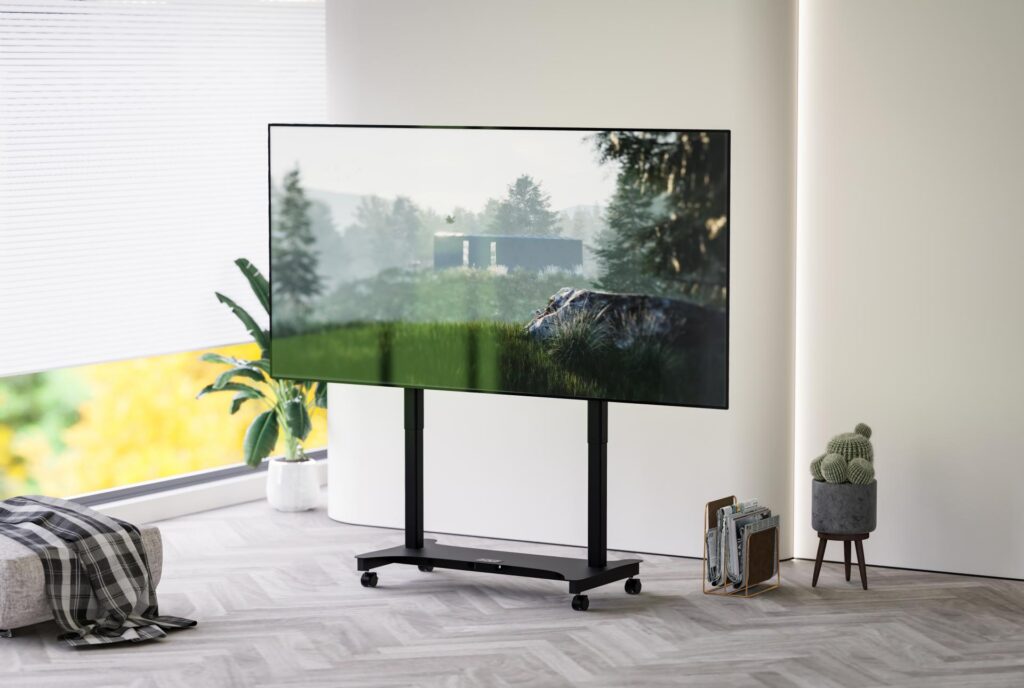
Gone are the days of Tetris-ing employees into static cubicles. Modern workspaces now resemble adult playgrounds where walls roll on casters and power outlets crawl along ceiling tracks like electronic caterpillars.
The secret sauce? Furniture that moonlights as architecture. Those partition screens doubling as whiteboards? Their honeycomb cores dampen sales team rants while absorbing brainstorming chaos. At lunchtime, flip one horizontally—voilà, an instant ramen bar with built-in chopstick holders.
Agile layouts thrive on contradiction: desks that shrink from six-seaters to solo pods at the tug of a hidden lever; soundproof phone booths that blossom into four-person huddle rooms when needed. One Tokyo startup swears their origami-inspired meeting tables cut conference times by half—when your kneecaps keep brushing colleagues’ shins, you get to the damn point faster.
Even flooring’s joined the mutiny. Electrified floor tiles let teams drag entire workstation clusters across rooms without losing power—a far cry from the extension cord jungles of yore. The best part? Night cleaners report 73% fewer vacuuming obstacles. Turns out, fluid spaces don’t just boost productivity—they’re janitor-approved.
5. Health-Centric Ergonomics with Embedded Tech
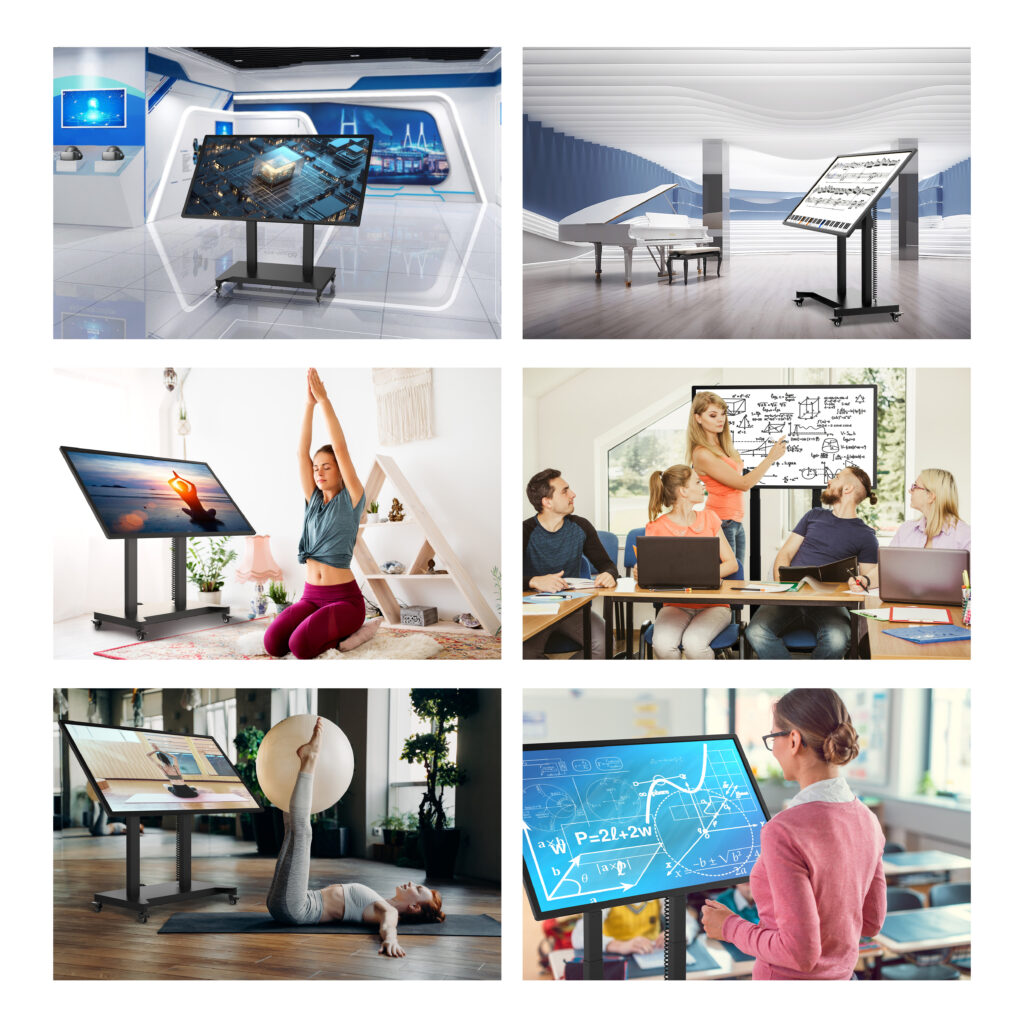
Your office chair just became a snitch. Those discreet lumbar sensors? They’re clocking your slouch patterns like a disapproving yoga instructor, vibrating gently when your spine resembles a question mark. Welcome to the era of furniture that narcs on bad habits—for your own good.
The real wizardry hides in desk surfaces. Touch-reactive wood veneers now track finger taps like lie detectors, calculating stress levels from your keystroke ferocity. One Berlin startup even embeds EEG threads into headrests—catch your brainwaves spiking during budget meetings, and the chair auto-reclines into “Zen mode” with white noise playlists.

But let’s talk hydration hacks. That mug warmer doubling as a water tracker? It glows amber when you’ve ignored your third hourly H2O reminder, then texts your Fitbit: “Dave’s kidneys are screaming.” More dystopian? AI fatigue detectors analyzing blink rates through webcams. Slackers beware: yawn twice before noon, and your desk lamp dims into a “nap ambush” golden hour.
The kicker: this tech’s gone incognito. Those artisanal cork desk pads? Their pressure grids map wrist angles better than any clunky wrist brace. Even carpet tiles join the surveillance party—step counts get logged via piezoelectric fibers, turning your 3pm cookie run into quantified movement data.
6. Hybrid Aesthetics and Brand Alignment
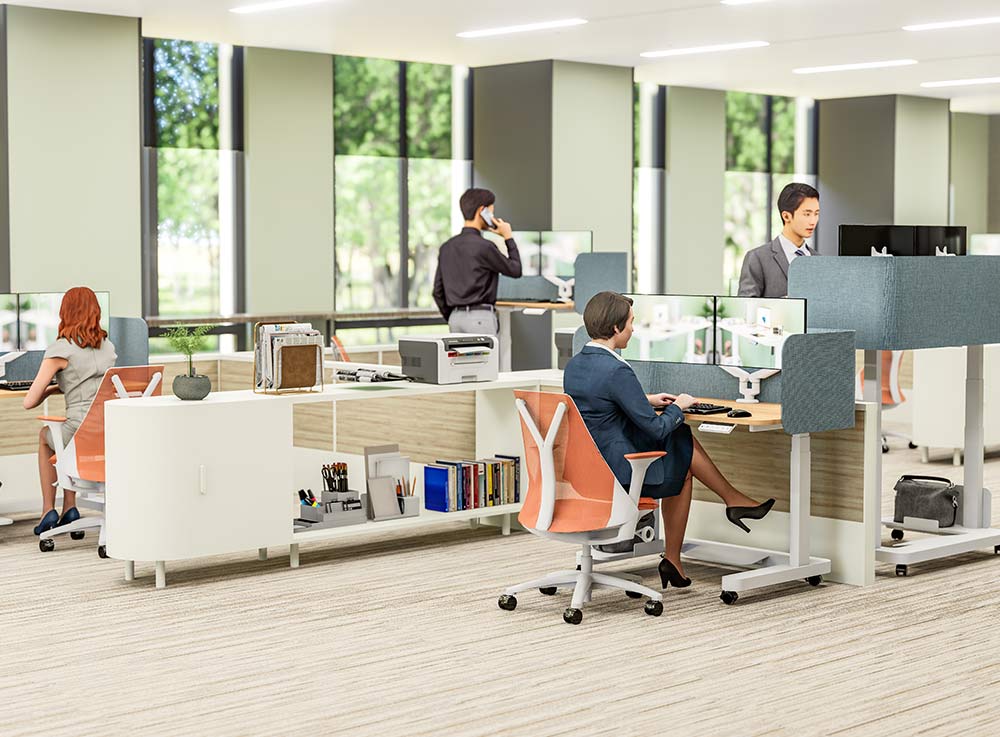
Corporate beige died in 2024. Now, startups flaunt meeting pods dipped in Pantone 448C (officially dubbed “millennial burnout orange”), while law firms cloak boardrooms in “trust-me navy” velvet. Color psychology’s the new office warfare—and every hue’s a soldier.
Material mashups define the game. Imagine recycled tire rubber molded into company logo coasters, or reception desks inlaid with circuit boards from retired servers. One Amsterdam fintech carved their mission statement into desk edges—Braille for the vision impaired, corporate poetry for everyone else.
The minimalist mafia still rules, but with a twist. Those sleek white walls? They’re projection screens for AR company timelines. The “bare” concrete floor? Embedded with LED pathways that pulse during fire drills. Even plants get branded—genetically modified pothos vines grow in logo-shaped topiaries.
Here’s the plot twist: the best designs aren’t seen—they’re smelled. Scent diffusers pump custom aromas (venture capital firms prefer “burning midnight oil” cedar-vanilla blends) coded to trigger focus or creativity. Because nothing says “innovation” like neuroscientist-approved air cocktails.


